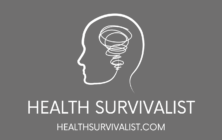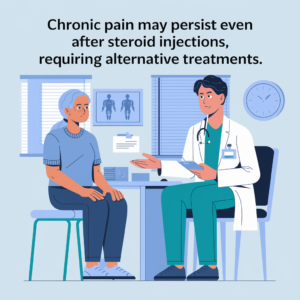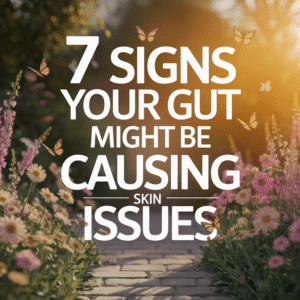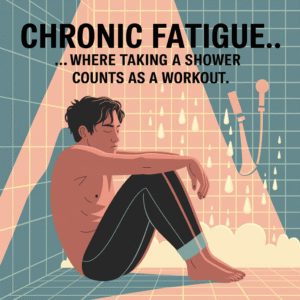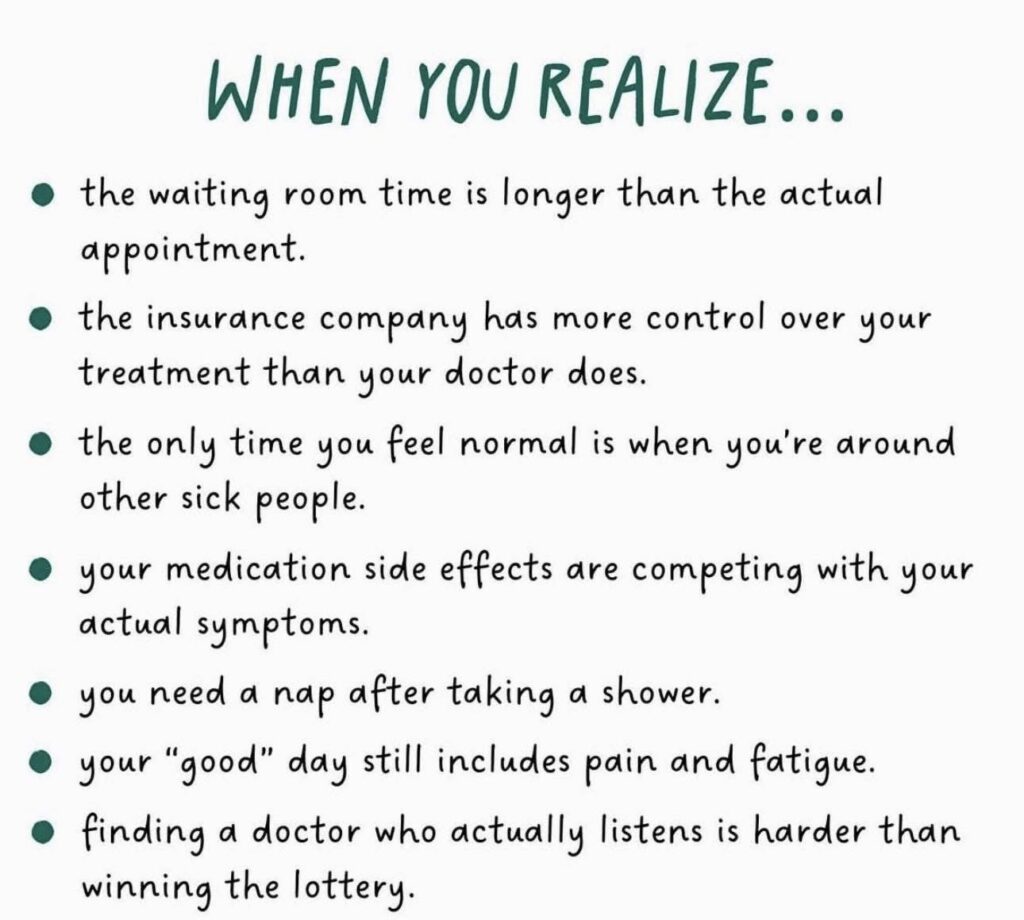
What Is It Really Like Living With Chronic Pain and Fatigue?
Let me just say this—unless you’ve lived it, you don’t get it. I wake up exhausted. I go to bed exhausted. And in between, I push through a day where my body feels like it’s constantly trying to shut down. Living with chronic pain and fatigueisn’t just about hurting—it’s about feeling like your life has been hijacked by something invisible.
The weird part is, I look fine to other people. Most days, I smile through the pain. I get through errands. I nod along when people ask how I’m doing. But deep down? I’m counting down the hours until I can crawl into bed and just breathe.
And if you’re reading this, you probably know that feeling too. The pain is always there. Sometimes it’s stabbing. Sometimes it’s dull and nagging. Sometimes it’s your whole body screaming all at once. And the fatigue—oh man, it’s not just being tired. It’s bone-deep exhaustion, like you’re dragging your body through mud, even after a full night’s sleep.
I actually wrote another post about this experience because it’s so common and misunderstood. If you’re wondering why you’re always tired and in pain, it might help you feel less alone.
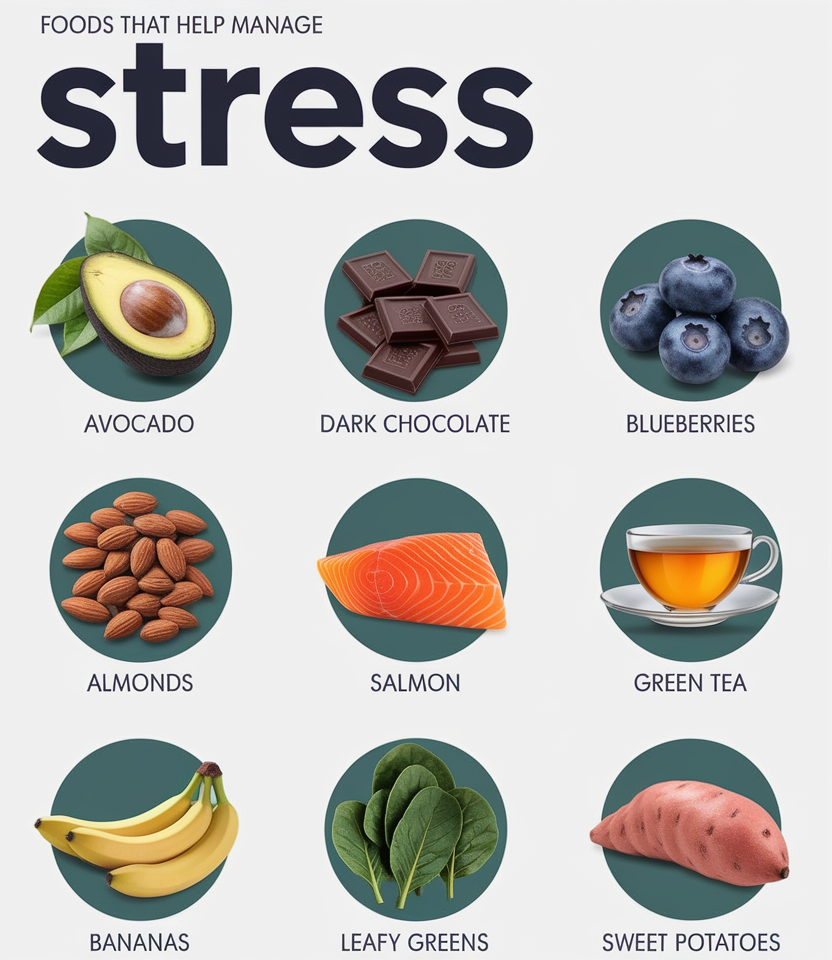
The Waiting Room Is Longer Than the Actual Appointment
You know what’s wild? I once spent 52 minutes in a doctor’s waiting room only to get rushed through a 7-minute appointment. And I’d prepared questions. I brought notes. I was ready to finally feel heard. But the moment he walked in, I could tell he was already thinking about his next patient.
I’ve lost count of how many times that’s happened. Living with chronic illness means you become your own advocate, your own researcher, and unfortunately—sometimes your own therapist. And what gets to me the most is how mentally draining it is to keep explaining yourself to professionals who barely make eye contact.
The worst part? You’ve waited weeks (sometimes months) for that appointment, just to walk out more confused or discouraged than before. I don’t think people realize how demoralizing that is when you’re already dealing with pain every day.
That’s actually why I started turning to more natural remedies for anxiety and stress—not just to feel better physically, but because I needed to find some control over what felt like a losing battle with the system. If you’re curious, I shared some of the things that started to help me right here:
👉 natural remedies for anxiety and stress
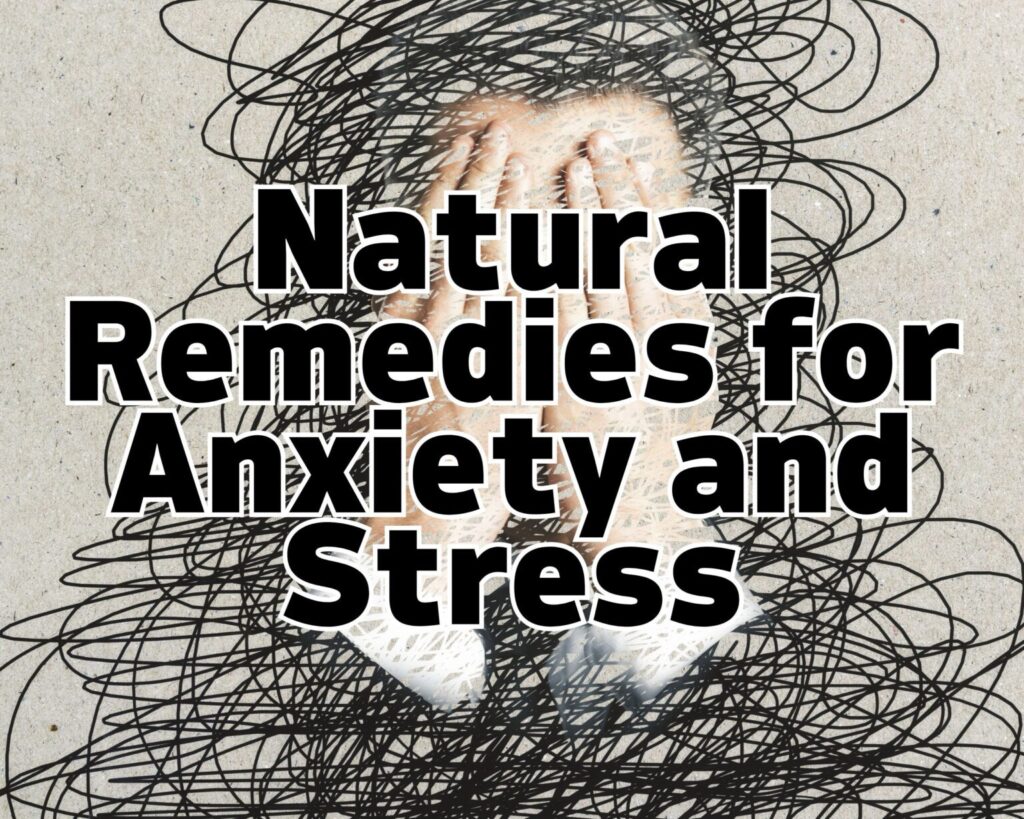
When Insurance Controls More Than Your Doctor
So here’s something that really messes with me—why does it feel like my insurance company has more say in my treatment than my doctor does?
I can’t count how many times I’ve been prescribed something or referred to a specialist, only to get a big fat “not covered” message later. It’s exhausting. My doctor and I finally agree on a plan, and then bam—denied. Delayed. Or worse, I’m told I have to “try cheaper options” first, even when we already know they don’t work.
It makes me feel like my health is just another number in a spreadsheet. And when you’re living with chronic fatigue and pain, fighting insurance becomes its own full-time job.
At one point, the stress from it all even started triggering anxiety attacks. That’s when I really leaned into things that would help me mentally too—not just physically. If you haven’t already seen it, this helped me feel like I wasn’t losing my mind:
👉 healing from within: natural cures for depression
Sometimes, mental relief is the only kind we get.
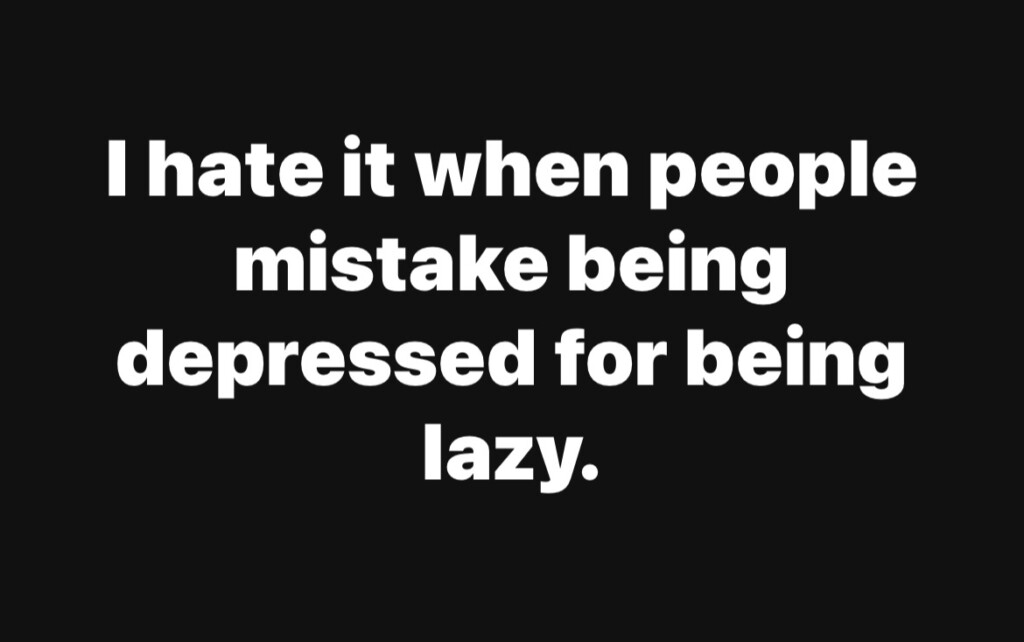
The Side Effects Are Starting to Outweigh the Symptoms
No one talks about this enough.
I went on one medication for nerve pain, and suddenly I was battling dizziness, nausea, dry mouth, and insane mood swings. Another one made me gain 20 pounds in two months. Then I switched again and couldn’t sleep for three nights in a row.
After a while, I wasn’t even sure what was causing what. Was it the meds? Was it the chronic pain itself? Was I just losing it?
Eventually, I had to start tracking everything—pain levels, mood changes, side effects, and what times I took my meds. It helped a little, but it also made it painfully clear: I was drowning in side effects that were just replacing the original symptoms.
Here’s what really helped me start thinking differently…
How I Shifted My Approach:
- I stopped chasing quick fixes.
- I started learning about my condition and what triggers it—like posture, sleep position, and even what I eat.
- I researched natural pain relief options, especially for my back pain, since that’s where it all started years ago.
One article that really shifted my thinking was this one I recently wrote based on my personal battle with nighttime pain:
👉 why does my back hurt when I lay down flat
That one hits home because even trying to sleep can be painful—and that’s when it gets truly overwhelming.

When Showering Feels Like Running a Marathon
You know those days when even a quick shower feels like a workout? Yeah, I have way too many of those.
I used to take long, hot showers to relax my back muscles. Now I have to sit down halfway through or lean against the wall just to avoid tipping over. By the time I’ve shampooed and rinsed, I feel like I need a nap—and not a short one either.
This kind of chronic fatigue isn’t “being out of shape.” It’s your body tapping out on you over and over again. And when it happens daily, even the most basic tasks start to feel impossible.
That’s actually what pushed me to look deeper into why my energy was so low and my body felt like it was falling apart. I realized how connected everything was—my back pain, my anxiety, my poor sleep, even my digestion. It’s all tied together. I explain more about how that started for me in this post about constantly feeling tired and in pain, because I know I’m not alone in this.
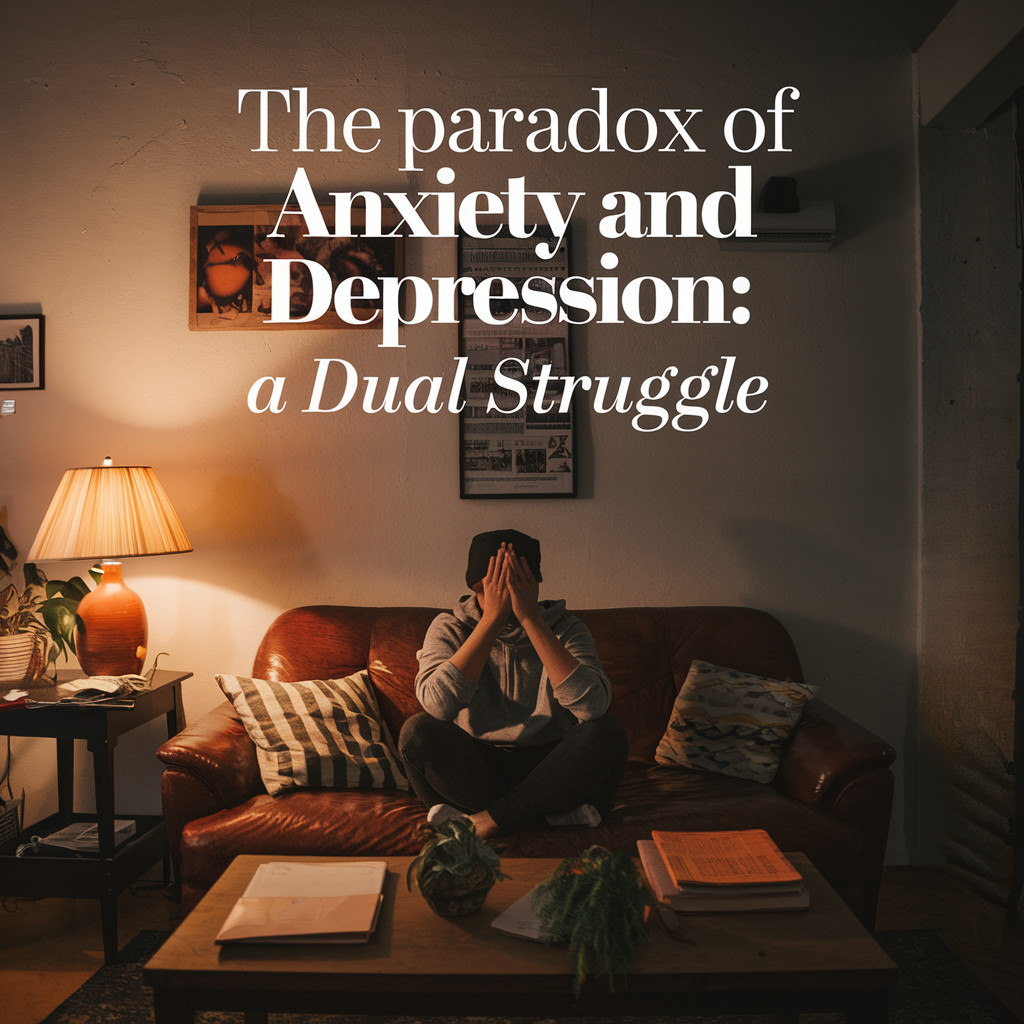
My “Good Days” Still Include Pain and Exhaustion
People think a “good day” means I feel normal. Nah. A good day for me just means the pain is a little more tolerable, and I didn’t completely crash by 3 p.m.
I still hurt. I still feel that pressure in my lower back. The dull ache in my left shoulder. The weird stiffness in my neck that makes turning my head a struggle. But I might be able to do the dishes or run a quick errand without breaking down afterward—and that’s what I’ve learned to call progress.
What’s wild is how I’ve had to redesign my whole life around this. Even my sleep setup had to change. One of the few things that’s actually helped with my lower back pain while sleeping is using a supportive lumbar pillow at night. I finally found this back pain relief pillow that made laying down feel less like a punishment and more like actual rest.
You adapt. You learn. You survive. But man… it wears you down.

The Waiting Room Lasts Longer Than the Appointment
I can’t tell you how many times I’ve sat in a stiff plastic chair, watching the clock tick for an hour, just to have the doctor spend maybe seven minutes with me. Half of that time is spent reviewing my chart, and the other half is rushed small talk before they scribble down a prescription or recommend yet another test I’ve already had.
It’s frustrating because when you live with chronic pain, every visit is a big deal. I don’t drag myself to an appointment unless I really need help. And yet, so often I leave feeling like I wasn’t even heard.
What’s worse is when you’re also dealing with anxiety or depression—you mentally prepare for the visit, try to stay hopeful, only to walk out feeling dismissed. That constant cycle is one of the reasons I had to take matters into my own hands and start exploring things like natural ways to heal anxiety and depression alongside traditional care.
Sometimes, you have to be your own best advocate—because no one’s going to fight harder for your health than you.

Finding a Doctor Who Actually Listens Feels Impossible
This one still hits a nerve.
I’ve had doctors cut me off mid-sentence. I’ve had them brush off symptoms that are clearly connected. I’ve even had one suggest it was “just stress” when I was literally dealing with nerve pain, back spasms, and numbness in my leg.
Eventually, I found one who really listened—but it took years. And even then, he told me something I didn’t want to hear: I likely had spondylolisthesis, and it wasn’t going to just go away with rest or stretches.
If you’re not familiar with that word, it’s when one vertebra slips forward over another. I’ve written about the types of spondylolisthesis because understanding what kind you have really does change the treatment path—and it helped me wrap my head around why I hurt the way I do.
Once I had a real diagnosis and a doctor who cared, I finally felt like I wasn’t crazy. And trust me, that validation alone can start the healing process.

The Side Effects Are Competing with the Symptoms
Ever taken a medication that makes you so dizzy, nauseous, or foggy that you start wondering which is worse—the cure or the condition?
Yeah, me too.
There were weeks when I was on multiple prescriptions: one for nerve pain, another for inflammation, and one to “take the edge off” my anxiety. But instead of relief, I got a whole new list of problems: stomach cramps, dry mouth, chest tightness, and a kind of fatigue that felt like walking through cement.
At one point, I realized that what I thought was just part of my illness might actually be side effects. I even started getting heartburn so intense I thought something else was wrong. That led me to look into deeper gut issues like a possible hiatal hernia, which you can read more about in this breakdown of stomach-related pain and issues.
Medications have their place—but it’s a tough balance between relief and new problems. It’s exhausting.
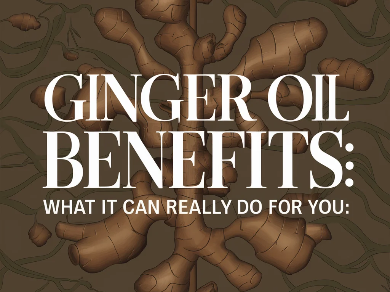
You Only Feel “Normal” Around Other Chronically Ill People
This one might be the most real of all.
There’s something oddly comforting about talking to someone else who also has to weigh the cost of a shower or who gets what it’s like to wake up in pain every day. No need to explain. No need to fake a smile or say, “I’m fine.”
When I finally found a community of others dealing with chronic back pain, insomnia, and mental health battles, I felt seen. We swap tips. We vent. We celebrate when someone sleeps through the night for the first time in weeks.
And it’s in those moments I remember I’m not lazy. I’m not making this up. I’m managing something that takes daily effort and mental strength. And when you’re surrounded by people who get it, you don’t feel broken—you just feel human again.
That’s part of why I started writing about this stuff, and why I created pages like how to calm an overactive nervous system naturally—because sometimes, we just need to hear that someone else is walking this path too.
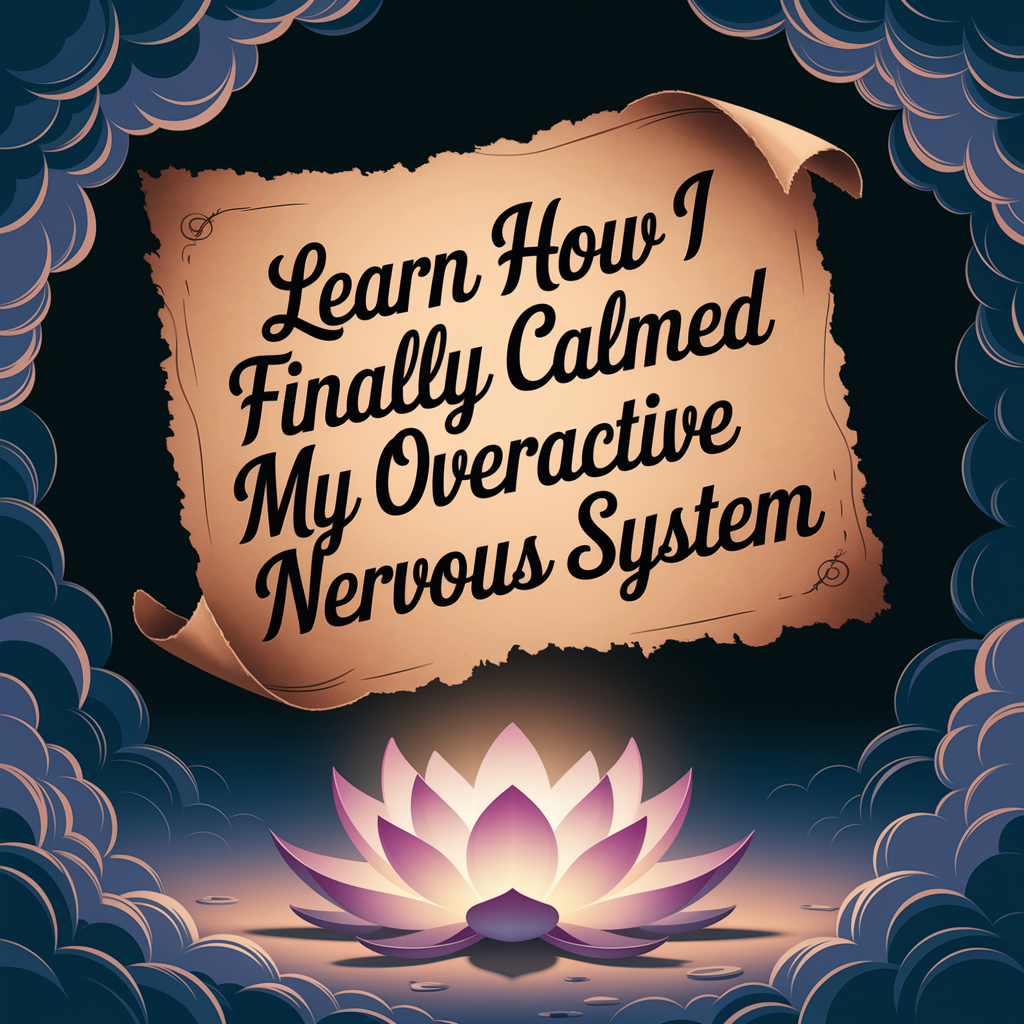
Even a “Good Day” Still Includes Pain and Fatigue
I’ve had people tell me, “You look fine today!” And sure, maybe I managed to shower, get dressed, and fake a smile—but what they didn’t see was the hour it took to crawl out of bed or the heating pad I sat on just to eat lunch.
A good day doesn’t mean I’m cured. It just means the pain is at a 4 instead of an 8. It means I can walk a little further or tolerate standing a little longer without my back locking up or my left leg giving out.
And yes, I still get mentally exhausted. The fatigue doesn’t just come from the pain—it comes from managing the pain every hour of every day.
That’s why I’ve looked into everything from natural anxiety relief to how sleep position can impact recovery. If you’ve never tried sleeping with a supportive back pillow, this bed wedge lumbar pillow changed my nights completely. It gave my lower back the kind of relief that painkillers just couldn’t.
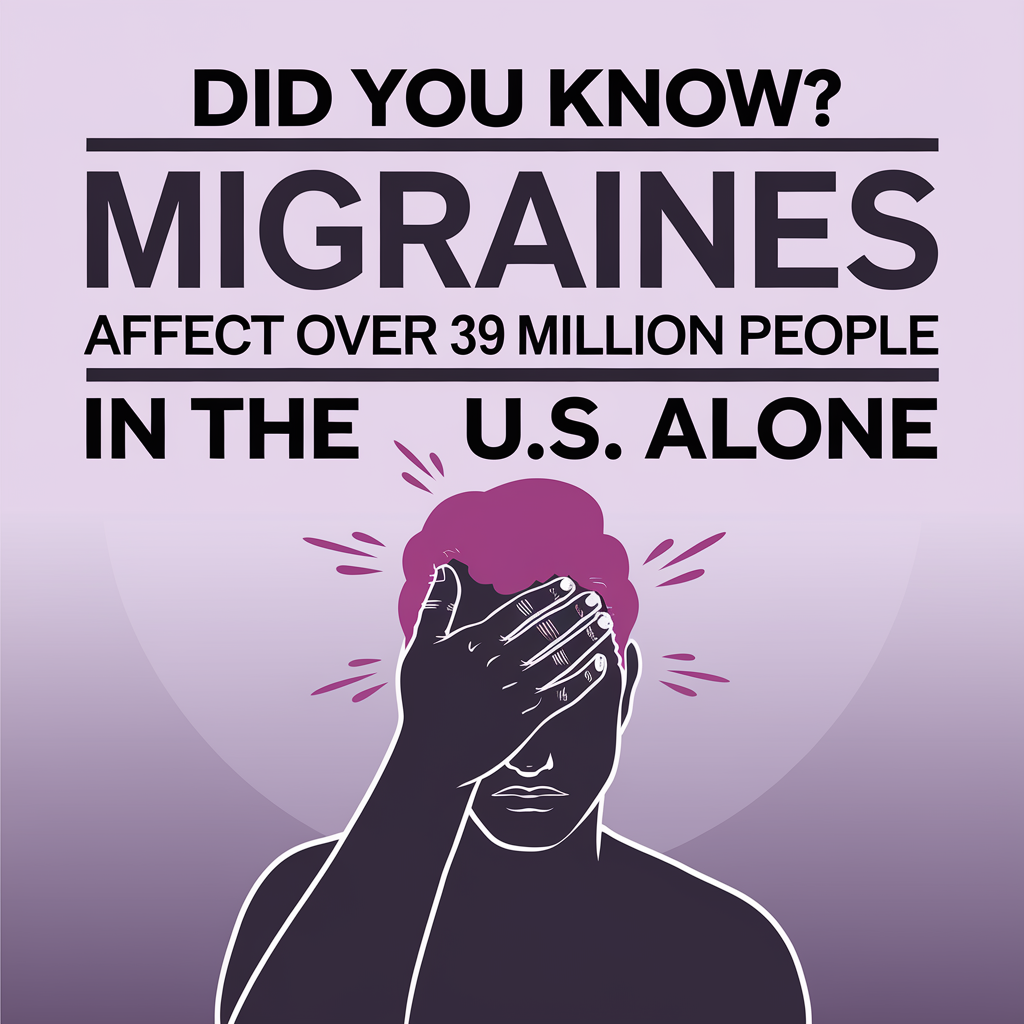
You Need a Nap After Taking a Shower
This one gets laughed at in support groups—but it’s not really funny, is it?
There are days when I plan my whole schedule around taking a shower. Not because I’m lazy, but because a simple shower drains me like I just ran a 5K. The hot water helps my back for a few minutes, but then the fatigue sets in like a wall.
The physical exertion combined with standing too long (and that weird pain that shoots up from my lower back when I bend to wash my legs) makes it a whole event. If I also have to dry my hair, forget it—I’m done for the day.
If you’ve ever asked yourself “why does my back hurt when I lay down flat?”, you’re not alone. Sometimes even lying down can make things worse if your spine isn’t properly supported or if something like spondylolisthesis is causing nerve compression.
Living like this changes everything—how you plan, how you function, even how you value small wins like getting clean.
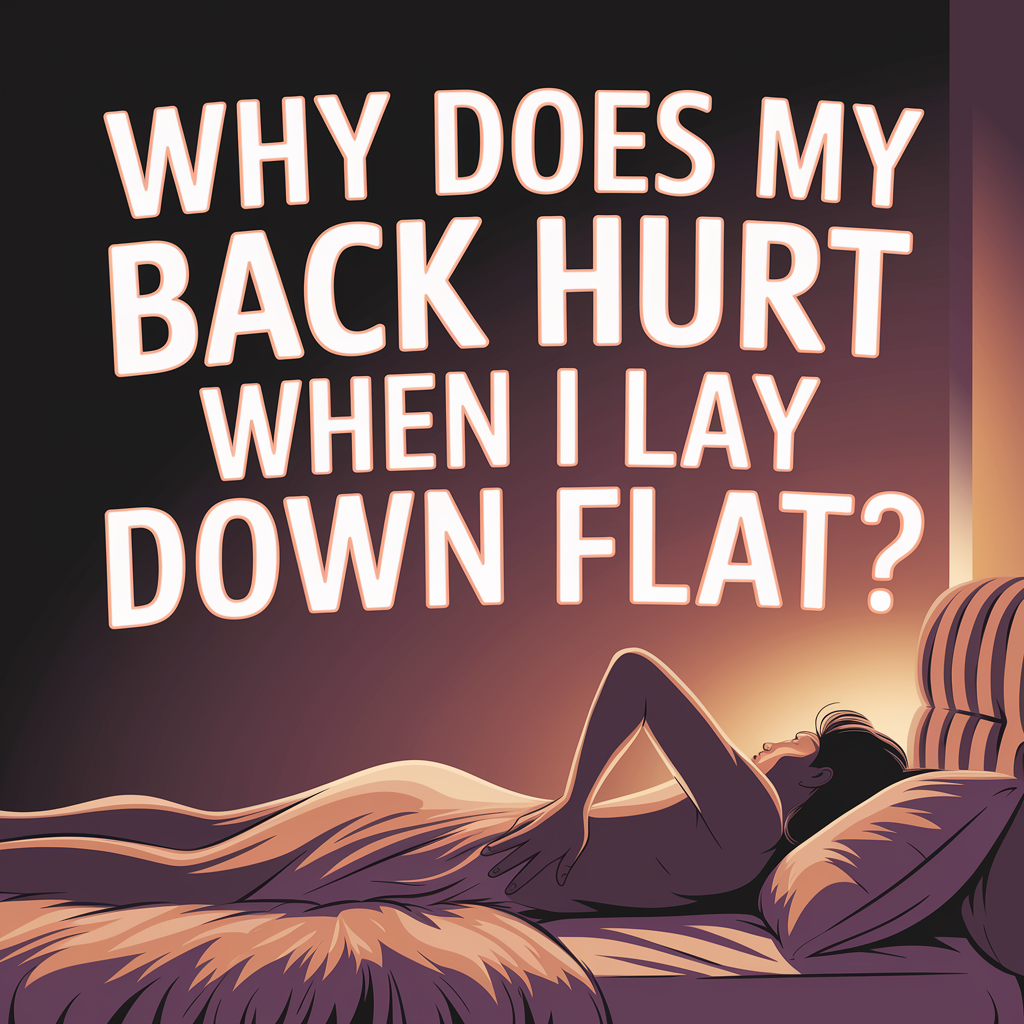
Living with Chronic Illness Isn’t Just Physical—It’s Personal
When I look at that image with all those little truths—the waiting room waits, the medication side effects, the endless fatigue—it hits hard. Because that’s the life many of us are living. And it’s not just about managing chronic illness—it’s about fighting to feel heard, validated, and supported in a world that often doesn’t understand.
Some days I feel like I’m just surviving. Other days, I find small things that help—like learning what foods calm my body, how to rest without guilt, or even how to reduce my pain just enough to get a better night’s sleep. But no matter what, I’ve learned I’m not alone. And neither are you.
If you’re struggling with back pain, spondylolisthesis, gut issues, or the mental toll of depression and anxiety, I hope this blog gives you something I went too long without: real stories from someone who’s in it, too.
Let’s keep talking about the things people don’t see. Because just getting through the day when you live with chronic illness? That’s strength most people can’t even imagine.
As an Amazon Associate we earn from qualifying purchases through some links in our articles.
